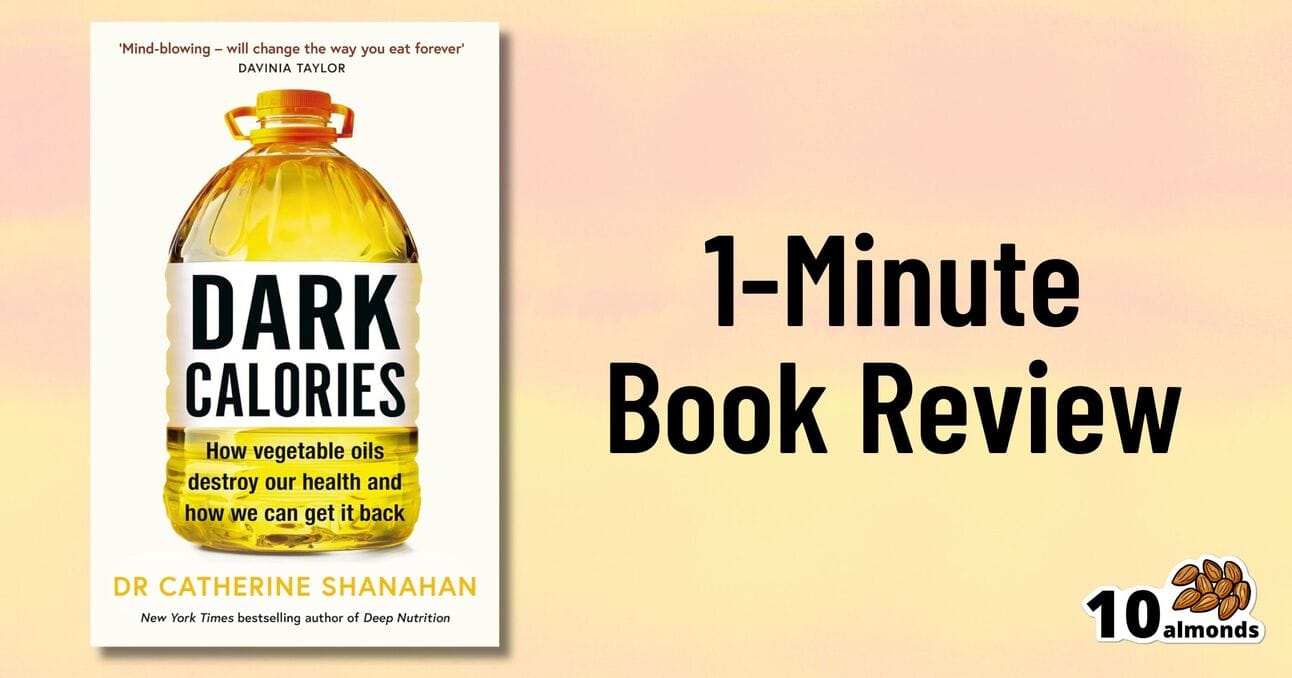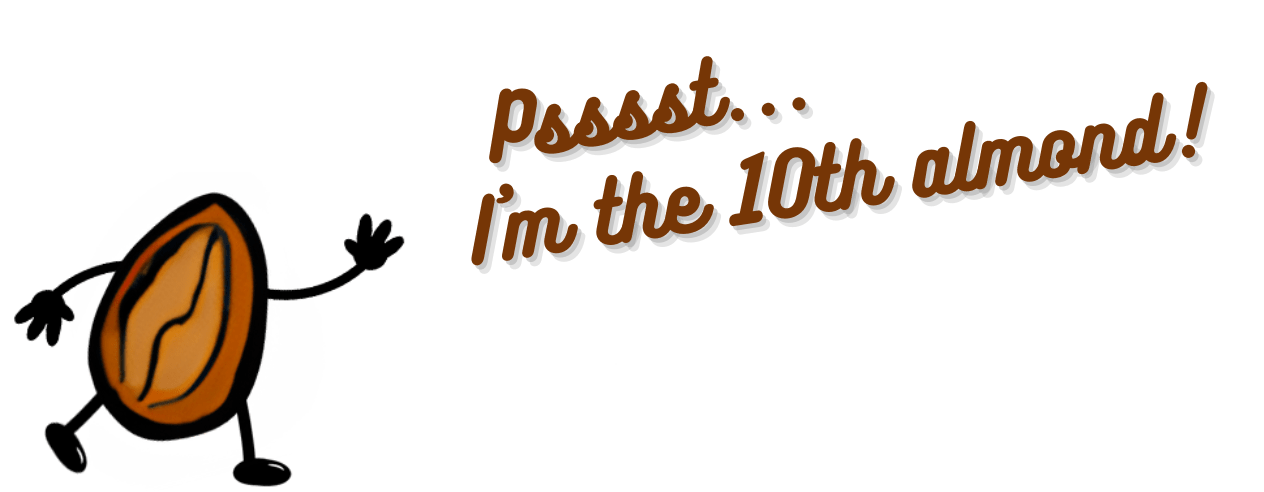Remember, the sun’s UV rays can damage your skin even on days with light cloud cover, and are often more dependent on the sun’s position in the sky (so, varying by time of year and time of day).
A good way to be more aware is to check the UV index in your phone’s weather app (most weather apps have this these days) and if necessary either stay covered or apply sunscreen, as appropriate.
In A Rush?
Today’s 30-Second Summary
If you don’t have time to read the whole email today, here are some key takeaways:
Psyllium is the powder of the husk of the seed of the plant Plantago ovata, and it can be taken as a supplement or used in cooking.
Today’s main feature examines the evidence for its benefits all the way through our gastrointestinal tract
Its healthy actions include increasing satiety, binding to (and thus removing) cholesterol, improving gut microbiota, and it’s even good against both constipation and diarrhea (see the main feature for how!), as well as keeping blood pressure healthy too.
Omega-3 fatty acids have a lot of health benefits—including for joints and for the brain—but not all sources are created equal, and some are far better than cod liver oil!
You can get such a supplement from today’s sponsor NativePath, who are offering a form that’s not only much more convenient, but also with better bioavailability, and it’s sustainable too. Better for you and the planet!
Today’s featured recipe is a deliciously decadent (and yet, easy) black forest chia pudding that’s packed with protein, polyphenols, and more.
Read on to learn more about these things, or click here to visit our archive
A Word To The Wise
Cost of Living
Fresh produce gets expensive, but are canned veg or frozen fruit just as good?
Watch and Learn
Top 5 Anti-Aging Exercises
And how to get the most out of them:
Prefer text? The above video will take you to a 10almonds page with a text-overview, as well as the video!
Monday’s Research Review
Not So Silly
Psyllium is the powder of the husk of the seed of the plant Plantago ovata.
It can be taken as a supplement, and/or used in cooking.
What’s special about it?
It is fibrous, and the fiber is largely soluble fiber. It’s a “bulk-forming laxative”, which means that (dosed correctly) it is good against both constipation (because it’s a laxative) and diarrhea (because it’s bulk-forming).
See also, because this is Research Review Monday and we provide papers for everything:
In other words, it will tend things towards being a 3 or 4 on the Bristol Stool Scale ← this is not pretty, but it is informative.
Before the bowels
Because of how it increases the viscosity of substances it finds itself in, psyllium slows stomach-emptying, and thus improves feelings of satiety.
Here’s a study in which taking psyllium before breakfast and lunch resulted in increased satiety between meals, and reduction in food-related cravings:
Prebiotic benefits
We can’t digest psyllium, but our gut bacteria can—somewhat! Because they can only digest some of the psyllium fibers, that means the rest will have the stool-softening effect, while we also get the usual in-gut benefits from prebiotic fiber first too:
Cholesterol-binding
Psyllium can bind to cholesterol during the digestive process. Why only “can”? Well, if you don’t consume cholesterol (for example, if you are vegan), then there won’t be cholesterol in the digestive tract to bind to (yes, we do need some cholesterol to live, but like most animals, we can synthesize it ourselves).
What this cholesterol-binding action means is that the dietary cholesterol thus bound cannot enter the bloodstream, and is simply excreted instead:
Heart health beyond cholesterol
Psyllium supplementation can also help lower high blood pressure but does not significantly lower already-healthy blood pressure, so it can be particularly good for keeping things in safe ranges:
❝Given the overarching benefits and lack of reported side effects, particularly for hypertensive patients, health care providers and clinicians should consider the use of psyllium supplementation for the treatment or abatement of hypertension, or hypertensive symptoms.❞
Read in full: The effect of psyllium supplementation on blood pressure: a systematic review and meta-analysis of randomized controlled trials ← you can see the concrete numbers here
Is it safe?
Psyllium is first and foremost a foodstuff, and is considered very safe unless you have an allergy (which is rare, but possible).
However, it is still recommended to start at a low dose and work up, because anything that changes your gut microbiota, even if it changes it for the better, will be easiest if done slowly (or else, you will hear about it from your gut).
Want to try some?
We don’t sell it, but here for your convenience is an example product on Amazon 😎
Enjoy!
Our Sponsors Make This Publication Possible
Not All Fish Oils Are Created Equal
Why rely on over-the-counter pain relievers when you can combat inflammation and other health concerns naturally? Unleash your vitality and take on life with renewed vigor, free from discomfort's limitations. Embrace the transformation from within—order your Antarctic Krill Oil now and experience the difference firsthand.
Your health deserves a breakthrough, and NativePath is here to deliver just that. Enter their revolutionary Antarctic Krill Oil—unlike ordinary fish oils, krill oil boasts a unique phospholipid structure. This means your body can absorb its rich nutrients more efficiently, allowing you to reap the full benefits.
It’s also packed with powerful omega-3 fatty acids, including DHA and EPA. These nutrients are renowned for supporting heart health, cognitive function, and joint comfort, acting as a natural solution to help your heart, lower your triglycerides, and increase HDL (“good”) cholesterol. Relieve abnormal swelling and pain naturally in as little as 4 days.
Please do visit our sponsors—they help keep 10almonds free
You May Have Missed
What Omega-3 Fatty Acids Really Do For Us
Ashwagandha's Varied And Potent Brain Benefits
Creatine: Very Different For Young & Old People
This Or That?
Vote on Which is Healthier
Yesterday we asked you to choose between cacao and carbo—we picked the cacao (click here to read about why), as did 90% of you!
Now for today’s choice:
Click on whichever you think is better for you!
You (Also) May Have Missed
Are GMOs Good Or Bad For Us?
Heart Attack: His & Hers (Be Prepared!)
How to Prevent Dementia: An Expert’s Guide to Long-Term Brain Health (book)
Recipes Worth Sharing
Black Forest Chia Pudding
This pudding tastes so decadent, it's hard to believe it's so healthy, but it is! Not only is it delicious, it's also packed with nutrients including protein, carbohydrates, healthy fats (including omega-3s), fiber, vitamins, minerals, and assorted antioxidant polyphenols. Perfect dessert or breakfast!
Click below for our full recipe, and learn its secrets:
One-Minute Book Review
Dark Calories: How Vegetable Oils Destroy Our Health and How We Can Get It Back – by Dr. Catherine Shanahan
You may be wondering: do we really need a 416-page book to say “don’t use vegetable oils”?
The author, who was a biochemist before becoming a family physician, takes a lot of care to explain in ways the non-chemists amongst us can understand (with molecular diagrams very well-labelled), exactly why certain seed/vegetable oils (both of those names being imprecise and unhelpful as umbrella terms) cause metabolic problems for us, when in contrast olive oil, avocado oil, and even peanut oil, do not.
Understanding is, for many, the root foundation of compliance. We are more likely to abide by rules we understand the logic behind, than seemingly arbitrary “thou shalt not…” proclamations.
So that’s an important strength of the book, demystifying various fats and how our body responds to them on a biochemical level, not just “is associated with such-and-such, based on observational population studies”. This kind of explanation clears up why, for example, seed oils correlate with obesity more than calories, sugar, wheat, or beef—having as it does to do with affecting our body’s ability to generate and use energy.
She also offers practical tips/reminders throughout, such as how “organic” does not necessarily mean “healthy” (indeed, many poisonous plants can be grown “organically”), and nor does “organic” mean “unrefined”, it speaks only for the conditions in which the raw product was first made, before other things were done to it later.
We learn a lot, too, about the processes of oxidation, the biochemistry behind that (more diagrams!), and of course the inflammatory response to same (an important factor in most if not all chronic disease).
The style is mostly very easy-to-read pop-science, though if you’re not a chemist, you’ll probably need to slow down for the biochemistry explanations (this reviewer certainly did).
Bottom line: this is more than just a litany against vegetable oils; it’s a ground-upwards education in metabolic biochemistry for the layperson, and what that means for us in terms of chronic disease risks.
Penny For Your Thoughts?
What did you think of today's newsletter?
Wishing you the very most well-informed start to the week,
The 10almonds Team









